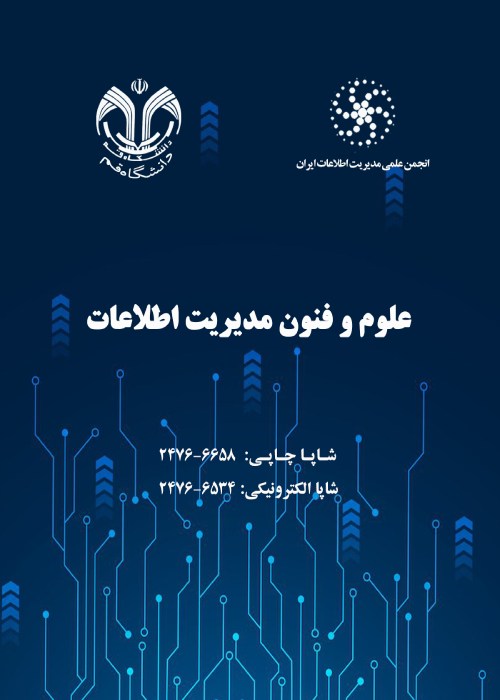Structural Model of Cultural Developmentin Public Libraries
This research aims to design a structural model of cultural development in public libraries from specialists, librarians, and managers of public libraries' viewpoints in the country.
The current research is exploratory-applied research, which was conductedfield. The research method in terms of data collection method is using the mixedresearch method, which was carried out in a qualitative-quantitative manner. The statistical population in the qualitative part includes specialists in the field of knowledge and information science, philology, and sociology, as well as managers and experts in the field of public libraries, and in the quantitative part, it includes managers and librarians of public librariesin the centers of the province who have sufficient experience and expertise in the domainof public libraries. The research tool included semi-structured interviews and a researcher-made questionnaire, which was designed according to the research objectives and methods. Qualitative interviews and theoretical foundations in the field of research were used to prepare a questionnaire. After distributing the questionnaires, 319 questionnaires were collected and the entire process of research data analysis was done in SPSS statistical software and PLS structural equations.
The findings in the qualitative part of the research were categorized through interviews including 10 main categories: access to education, continuing education, cultural identity, literacy of cultural-artistic education, per capita study, cultural health, cultural capital, social capital and national independence, and 19 sub-categories as their subsets. The findings also showed that public libraries have a positive effect on cultural development indicators, i.e. the activities and services of public libraries can lead to an increase in cultural development among the population.
The findings in the qualitative part through interviews include 10 main categories: access to education, continuing education, cultural identity, literacy of cultural-artistic education, per capita study, cultural health, cultural capital, social capital, and national independence, and 19 subcategories were classified as their subcategories. Also, the findings showed that public libraries have a positive effect on cultural development indicators, that is, the activities and services of public libraries can lead to an increase in cultural development in society.
- حق عضویت دریافتی صرف حمایت از نشریات عضو و نگهداری، تکمیل و توسعه مگیران میشود.
- پرداخت حق اشتراک و دانلود مقالات اجازه بازنشر آن در سایر رسانههای چاپی و دیجیتال را به کاربر نمیدهد.




